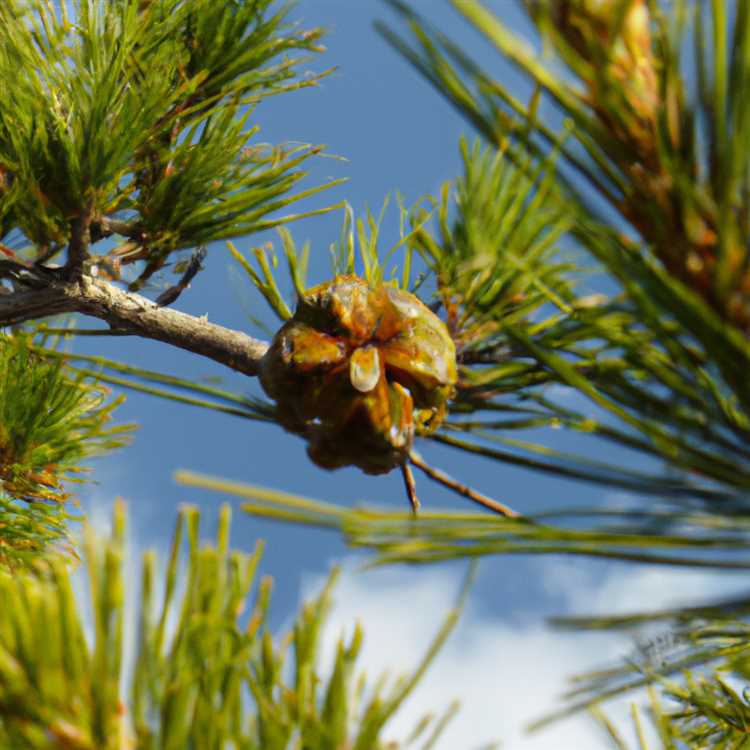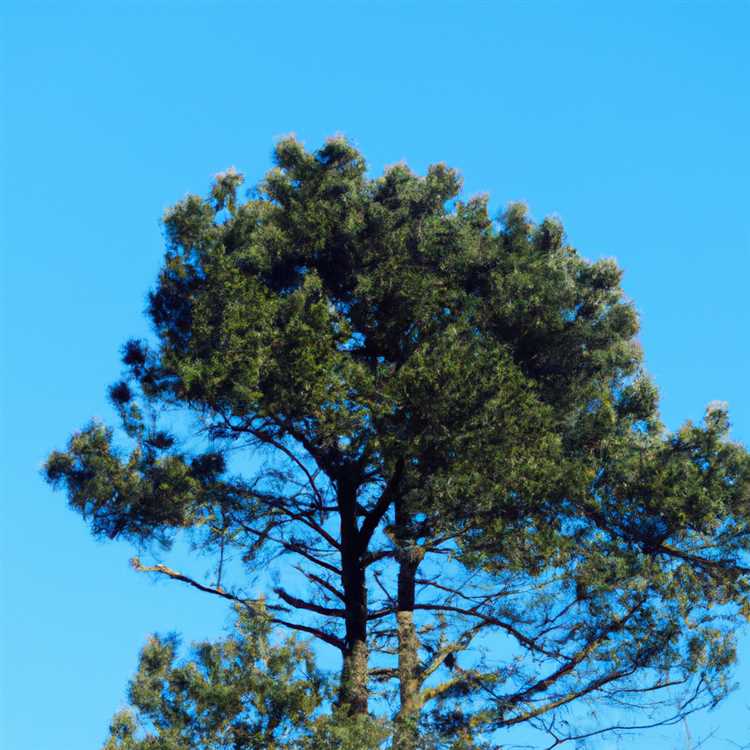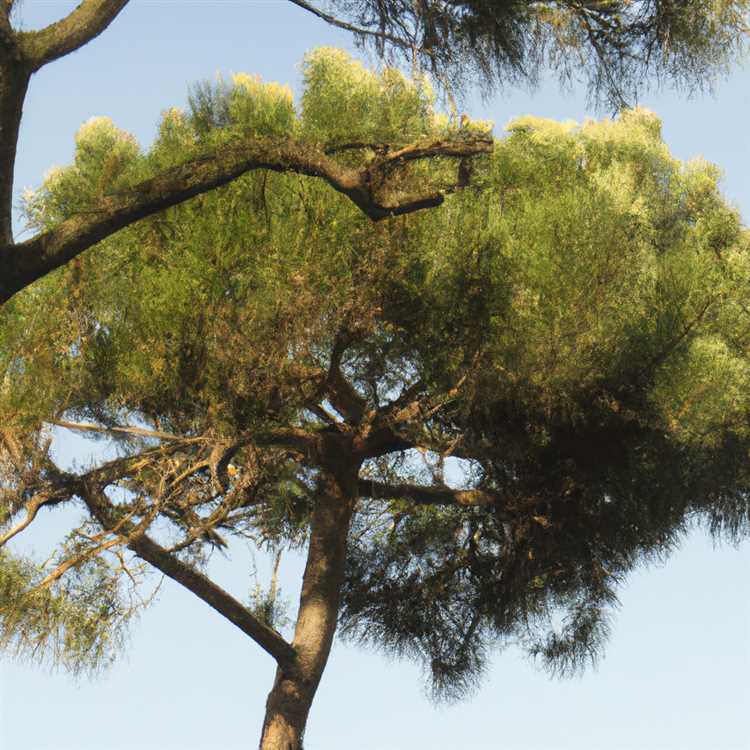
Pine top is a type of evergreen tree that belongs to the Pinus genus. It is commonly found in various regions around the world, including North America, Europe, and Asia. Pine top is known for its tall and straight trunk, which can reach heights of up to 100 feet. Its distinct cone-shaped crown makes it easily recognizable and adds to its aesthetic appeal.
One of the key characteristics of pine top is its fine-textured, needle-like leaves, which are bundled together in clusters of two to five. These leaves are typically dark green in color, providing a rich and vibrant appearance to the tree. Pine top also produces small, cylindrical cones that contain the tree’s seeds, which are an important food source for various wildlife.
Due to its unique characteristics, pine top has a wide range of uses and benefits. The wood obtained from pine top trees is highly valued in construction and furniture industries due to its strength, durability, and attractive grain patterns. Pine top wood is commonly used in the production of flooring, paneling, and furniture, as well as for making doors and windows.
Another benefit of pine top is its environmental significance. As an evergreen tree, pine top contributes to the overall air quality by absorbing carbon dioxide and releasing oxygen. It also provides habitat and food for numerous animal species, including birds and mammals. In addition, pine top forests play a crucial role in preventing soil erosion and maintaining biodiversity.
In conclusion, pine top is a versatile and valuable tree species with distinctive characteristics. Its beautiful appearance, strong wood, and environmental benefits make it an important resource for various industries and ecosystems. Understanding the characteristics, uses, and benefits of pine top is essential for promoting its sustainable management and conservation.
Characteristic Features of Pine Tops
Pine tops, also known as pine needles, have several distinctive features that set them apart from other types of foliage. These features make pine tops an important part of the pine tree ecosystem and contribute to their versatility and usefulness in various applications.
1. Shape and Size
Pine tops typically have a slender, needle-like shape with lengths ranging from 1 to 6 inches. The shape allows them to minimize moisture loss and withstand harsh weather conditions, making them well-suited for pine trees in different climates.
2. Color
The color of pine tops can vary depending on the species and age of the pine tree. While young pine tops tend to have a brighter green color, mature pine tops often turn a darker shade of green or brown. These colors help pine tops blend in with the foliage of the tree and protect it from potential predators.
| Characteristic | Description |
|---|---|
| Texture | Pine tops are soft and flexible to the touch, allowing them to bend without breaking easily. This flexibility provides protection against wind and snow, reducing the risk of damage to the tree. |
| Composition | Pine tops are composed of a waxy coating called cuticle, which acts as a waterproof barrier and prevents excessive moisture loss. This composition enables pine tops to retain water and withstand dry conditions. |
| Needle Retention | Pine tops have a remarkable ability to stay on the tree for extended periods, even in harsh conditions. This characteristic makes them a valuable resource for various purposes, such as crafts, decorations, and compost. |
Overall, the characteristic features of pine tops make them a resilient and adaptable part of pine trees. Their unique shape, color, texture, composition, and needle retention enable them to fulfill important roles in the ecosystem and provide various benefits to humans and the environment.
Wide Range of Uses for Pine Tops

Pine tops, also known as pine needles or pine straw, have a wide range of uses and benefits. They are a versatile and sustainable material that can be utilized in various ways. Here are some of the common uses of pine tops:
1. Mulching

Pine tops are widely used as a natural mulch in gardens and landscapes. They help to retain moisture in the soil, prevent weed growth, and regulate temperature. The acidic properties of pine tops also contribute to the overall health of the plants.
2. Erosion control
Pine tops are effective in preventing soil erosion on slopes and hillsides. Their dense and interlocking nature helps to stabilize the soil and reduce the impact of heavy rainfall or strong winds.
In addition to these primary uses, pine tops can also be used for decorative purposes, such as in flower arrangements or wreaths. They can be used as bedding material for livestock or as an ingredient in compost. Pine tops are also a popular choice for making herbal teas or infusing oils.
Overall, the wide range of uses for pine tops makes them a valuable and sustainable resource. Their natural properties and versatility make them a popular choice in various industries and applications.
Health Benefits of Pine Tops
Pine tops, also known as pine needles, have been used in traditional medicine for centuries due to their numerous health benefits. These needle-like structures are packed with essential nutrients and bioactive compounds that promote overall well-being. Here are some of the health benefits of pine tops:
1. Rich in Vitamin C: Pine tops are an excellent source of vitamin C, a powerful antioxidant that helps boost the immune system and fight off free radicals. Regular consumption of pine tops can help prevent the common cold and flu, as well as improve skin health.
2. Anti-inflammatory properties: Pine tops contain natural anti-inflammatory compounds, such as polyphenols and flavonoids, that can help reduce inflammation in the body. This can be beneficial for individuals suffering from conditions like arthritis, asthma, and allergies.
3. Respiratory health: The aromatic compounds found in pine tops have been used for centuries to treat respiratory conditions. Inhaling steam infused with pine tops can help soothe coughs, clear congestion, and alleviate symptoms of bronchitis and other respiratory illnesses.
4. Antimicrobial activity: Pine tops have natural antimicrobial properties, making them effective against various bacteria and fungi. The extracts from pine tops have been used to treat skin infections and promote wound healing.
5. Digestive health: Pine tops can aid digestion and relieve gastrointestinal issues. They contain enzymes that help break down food and promote the absorption of nutrients. Pine tops also have a mild diuretic effect, which can help prevent water retention and support proper kidney function.
6. Relaxation and stress relief: The aroma of pine tops has a calming effect on the mind and body, making them an excellent natural remedy for stress and anxiety. Taking a bath with pine top-infused water or using pine top essential oil in aromatherapy can help induce relaxation and improve sleep quality.
Overall, the health benefits of pine tops make them a valuable addition to a healthy lifestyle. However, it is essential to consult a healthcare professional before using pine tops for medicinal purposes, especially if you have any underlying health conditions or are taking medications.




